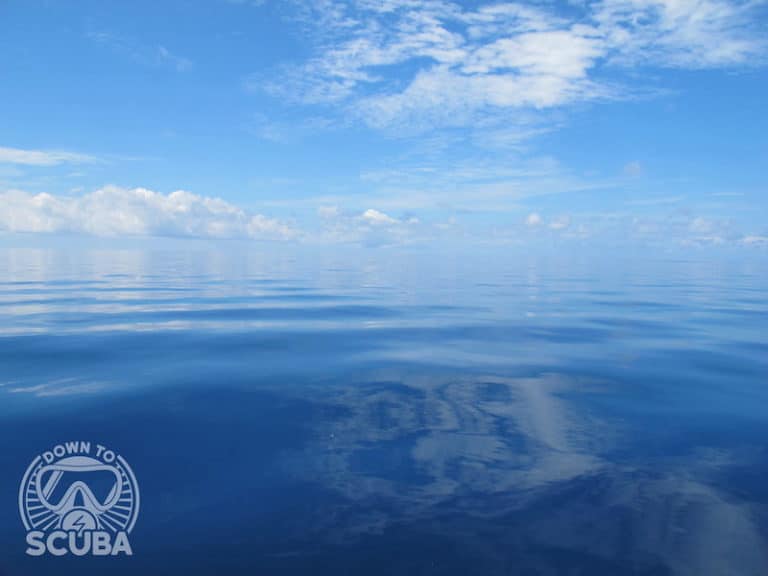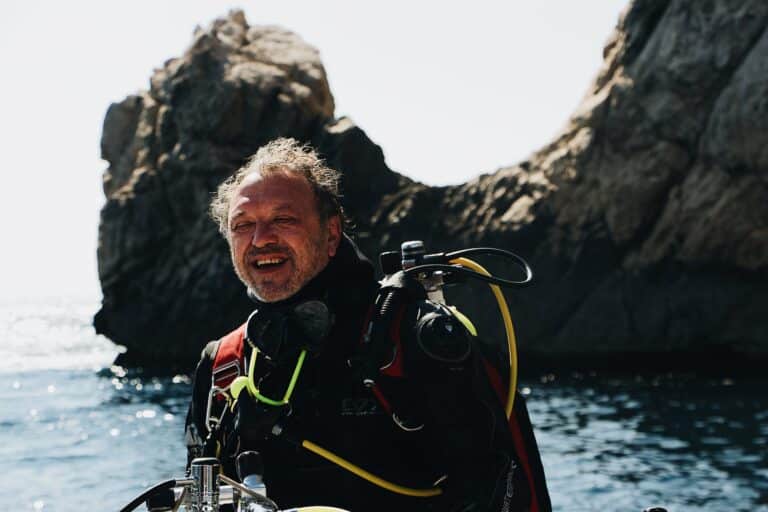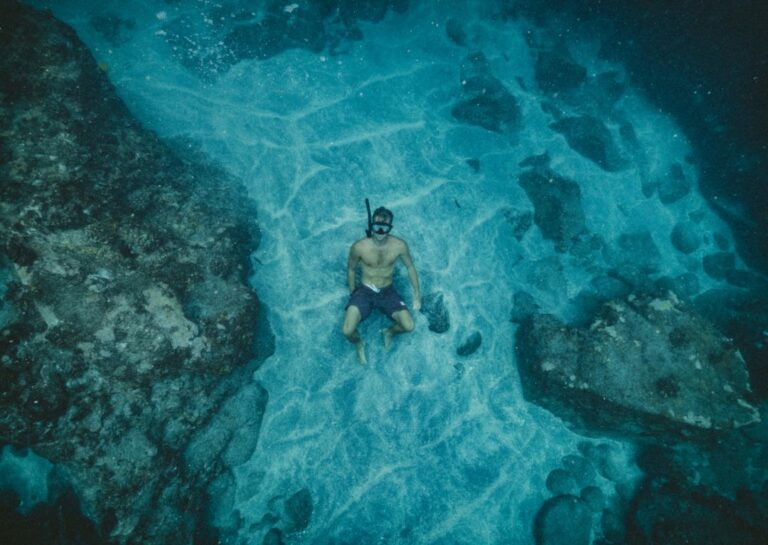Wetsuits are very common when embarking on a water adventure. Whether it’s swimming, surfing, snorkeling, freediving, scuba diving, wetsuits are an essential piece of gear! Wetsuits are designed to keep you warm. But how does a wetsuit work, and do wetsuits keep you dry?
Let’s take a look in our Ultimate Guide to Wetsuits.
Table of contents
Do Wetsuits Keep You Dry
The truth? Wetsuits actually get you wet and keep you wet. Whereas, a drysuit will keep you dry.
Read More: How a Drysuit Work?
Wetsuits keep the wearer warmer for longer by design, as we lose body heat about 20 times faster than on the surface.
What is a Wetsuit?
Wetsuits come in many types, full bodysuits, vests, tops, and bottom pieces. These pieces can even be layered. A wetsuit’s main feature is its ability to keep you warmer for longer.
It can also help protect from stinging organisms, exposure to harmful UV sun rays, abrasions such as rocks, coral, or artificial reefs, and also provide additional buoyancy.
Read More: Our Favorite Reef-Safe Sunscreens!
How Does a Wetsuit Work?
A wetsuit works by allowing some water into the suit. Your body heats that water with your body heat. The wetsuit, in turn, traps this water, keeping you warm. This will keep you warmer. However, the suit needs to be fairly tight to reduce the amount of water coming in and out. A wetsuit also works because of its insulating material.
Learn more in What Does a Wetsuit Do?
What is a Wetsuit Made of?
Neoprene
Neoprene is a synthetic rubber material that is flexible, stretchy and buoyant and therefore a common choice for wetsuits. It will contain small bubbles of nitrogen gas which has very limited thermal conductivity. This layer insulates the heated up water to the outside water. You can get neoprene from 0.5mm to 8mm in thickness, and the thicker the neoprene, the better it will insulate. The colder the water, the thicker the suit should be.
Thermoplastic
Also known as Thermoskin, this material is a strong, heat-reflective wetsuit material. It also blocks wind and yet breathes, so it is very useful during a surface interval and favoured by surfers and swimmers due to its wind protection properties.
Spandex or Lycra
These are very stretchy synthetic materials that are popular in the seams of wetsuits. Wetsuits made of full spandex will not retain heat as well as neoprene. They come in some crazy colors and patterns and are therefore a great add-on to your wetsuit for some individuality.
Titanium
If you can believe it, we now have titanium wetsuits on the market. Titanium works best, however, when paired with neoprene. Its slick material makes it easier to get in and out of a wetsuit. It also dries quickly so when you put on the wetsuit for the 2nd dive, you initially will feel warmer. Titanium material also seals better against your skin so it will reduce water flow in and out of your suit.
Why Wear a Wetsuit?
So if we’re wondering do wetsuits keep you dry, and we know it doesn’t, then why would we wear a wetsuit?
That’s because wetsuits can range in thickness, from 0.5mm to a thick 8mm. This makes wetsuits very versatile and they can be used in many different temperatures and conditions.
If you are in a tropical country, diving in Indonesia or diving in the Caribbean, you will probably be comfortable with a 3mm short wetsuit. These are perfect for temperatures around 25°C/77°F and above.
If you are diving in sightly cooler water temperatures, such as in Melbourne, with 17°C/62°F, then you will feel more comfortable in a thicker, full-length wetsuit of 5mm to 8mm.
Wetsuits can also be layered up, which might mean wearing a 5mm vest with a full 7mm wetsuit creating a warm and toasty, but slightly awkward 12mm.
If you are diving in even colder temperatures, such as diving in Norway, then we would recommend wearing a drysuit for your water adventures.

How to Wear a Wetsuit?
A wetsuit can be difficult to put on and take off. This is because wetsuits need to be snug and well-fitted in order to work properly.
The general rule when figuring out how to wear a wetsuit is that you should be dry and the wetsuit is also dry when putting it on. Or, you are wet, and the wetsuit is slightly wet too.
You can also wear a skin suit or rash guard under a wetsuit. This will make it easier for the wetsuit to slide on and off.
Read More: Do Rash Guards Keep You Warm?
Another top tip for putting on a wetsuit is using a plastic bag! Horrible for the environment we know, but if you have a spare bag, rather than throwing it away, try reusing it to help you wear a wetsuit! Put the plastic bag over your foot and slide the wetsuit over your leg. Pull the plastic bag out and repeat for your other foot. The plastic allows the wetsuit to slide over your foot easily.
How Tight should a Wetsuit be?
A wetsuit should fit snug, but not too tight. It should be close-fitting around the neck and cuffs (wrists and ankles) so that the insulating warm water is retained in the suit. The wetsuit should feel similar to a ‘second-skin,’ sleek and close to the skin.
If the wetsuit is too tight, it can put too much stress on the seams and rip around the underarms and lower back. You will also struggle to move your arms and legs. A wetsuit that is too tight could also cause your blood circulation to cut off, which is very dangerous.
However, you also do not want a loose wetsuit. A wetsuit that is baggy or loose will not keep an insulating layer around you. The water will be flowing in and out of your suit, and you will not feel warm. A loose wetsuit will also cause drag underwater, and be cumbersome on the surface.
Do Wetsuits Stretch when Wet?
Wetsuits will stretch and conform to your body. Higher quality neoprene tends to be stronger and will stretch more as this makes it more comfortable to wear and for ease of movement. However, wetsuits do not stretch more when wet, but the fabric will loosen up which will give you more flexibility. Dry neoprene can stick and become rigid.
The Lowdown
So do wetsuits keep you dry? Nope, they do not. Wetsuits keep you wet. It will keep you warm by limiting the amount of water coming in and out of your suit, and the water in your wetsuit will be warm from your body heat. Because there are so many variations and thicknesses of wetsuits make sure you consider comfort, temperature, and conditions. A wetsuit is an essential piece of equipment for any water activity!









